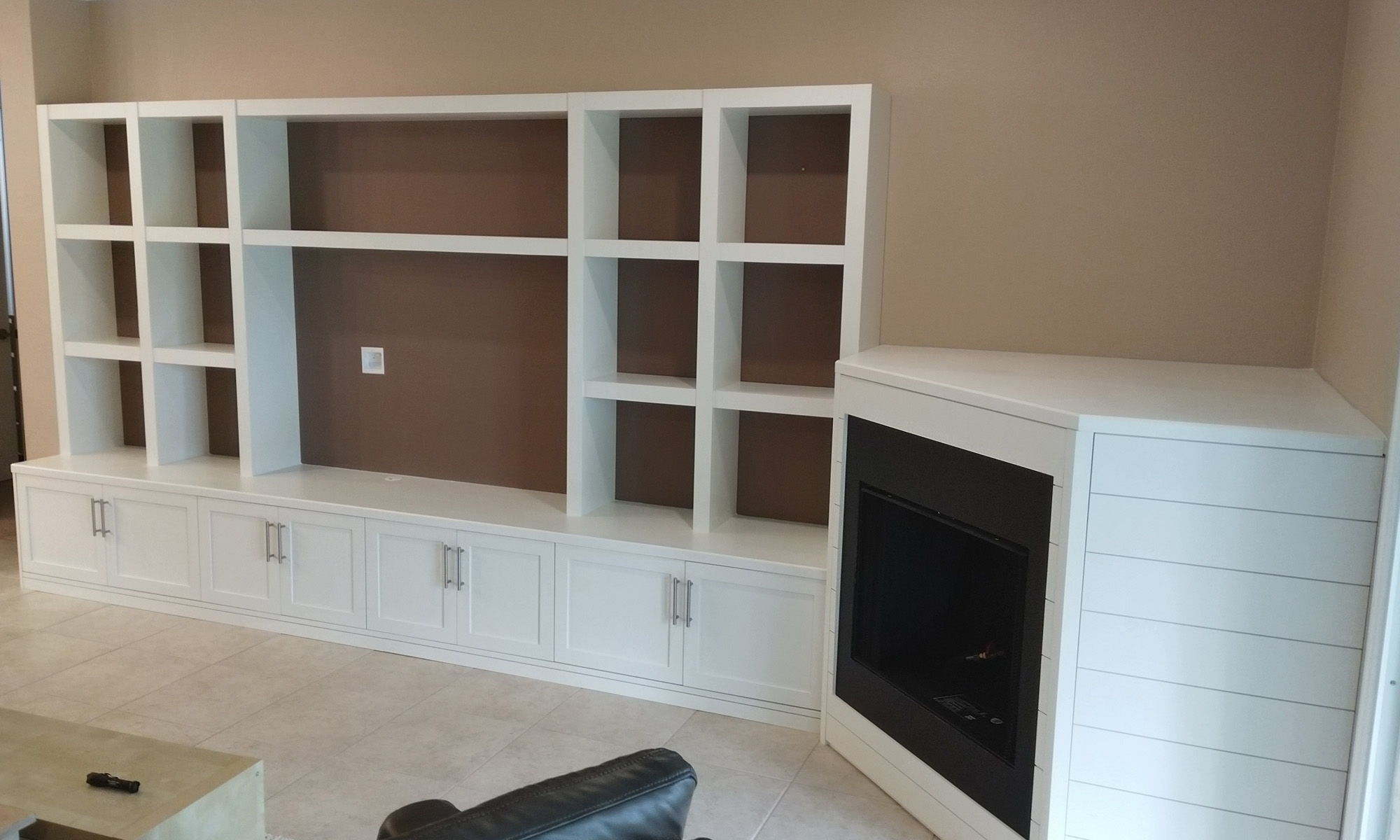Inspiration for this pen came from some of the work of Ed Davidson. You can see more of his work at http://yoyospin.com.
One of the fun things about turning a closed end pen is that it frees up more design considerations as you are not restricted by the hardware on the end of the pen.
This pen is made using the Navigator kit from Woodcraft. It is the same kit that is sold as the Baron/Sedona by Arizona Silhouette.

You can click on any of the images to see a larger version.
I started with a piece of spalted pecan, approx. 1 1/2″ x 1 1/2″ x 7″. After mounting it between centers, I turned it round and then turned a tenon on one end that would fit in the step jaws of my chuck. I then measured 2 1/4″ from the end with the tenon, and parted the blank.

Next I mounted the blank with the tenon in the step jaws of my chuck, and drilled a 15/32″ hole 1 13/16″ deep. I checked to see that the tube for the upper barrel would fit completely in the hole.

Then I mounted the other piece in the step jaws and drilled two holes. The first hole was drilled to a depth of 2 7/8″ with a 11/32″ bit. Then I drilled a slightly larger hole, 25/64″, to a depth of 2 1/16″. I checked to see that the tube for the lower barrel fitted in the larger hole and sat flush with the face of the blank.
The reason for the step hole is two fold. Firstly the extra room created at the end of the hole by the smaller bit, allows space for the spring behind the rollerball cartridge. Secondly, a shoulder is created for the tube to rest on so that it does not go to deep into the blank while being glued in.

Having drilled all the holes in the upper and lower barrels, rough up the brass tubes and glue them in.
In order to turn the pen you need an expansion mandrel of some type. It is relatively easy to make one. Well, lets just say some people might find it relatively easy to make one! I tried a couple of times with not much success. If you would like to try you can find instructions in this tutorial.
I ended up buying a closed end mandrel for the lower barrel from Arizona Silhouette. It looks similar to a concrete expansion bolt and operates under the same principle.

Insert the mandrel in the upper barrel, tighten the bolt using a couple of wrenches and insert the mandrel in the step jaws. Take care not to over tighten the bolt, it is easy to crack the blank, especially if you are working with an acrylic blank.


Turn the blank down to approx. 5/8″ and then measure 3 1/4″ from the end and part the blank off at this point. Then turn the blank to the shape you want, sand and apply the finish. You will find that you need to support the blank with your fingers on the back side while turning to help reduce vibration. It also helps to take light cuts.

The next step is to turn the upper barrel. Because the brass tube is a different size the mandrel will not work. You have two choices at this point. The first is to buy another mandrel sized for the upper barrel. This could get expensive, especially if you want to also make closed end pens from other kits as well.
Fortunately, for the frugal amongst us, there is another solution. I got this idea from Ben “DaVinci27” Brown.
Take a spare lower barrel tube and glue it in a blank. I would recommend using 5 minute epoxy as you want to make sure you fill all the voids between the tube and the inside of the blank. Mount the blank on the lathe between a 60 degree live center and a 60 degree dead center. Turn the blank down to a diameter that makes it a snug fit inside the tube from an upper barrel. Go slow and use calipers to check your progress. Then take that blank to your band saw and cut it in half along the length. Don’t cut along the whole length of the blank, just about half way.

Insert that tube in the tube of your upper barrel, then insert the mandrel and tighten. The cut in the tube will allow it to expand as you tighten the mandrel and hold the blank snug on the mandrel.

Turn the upper blank to the shape you want, sand and finish. Once again you will probably find it necessary to support the back of the blank with your fingers while turning. Light cuts also help.

Here are a couple more shots of the finished pen.



































